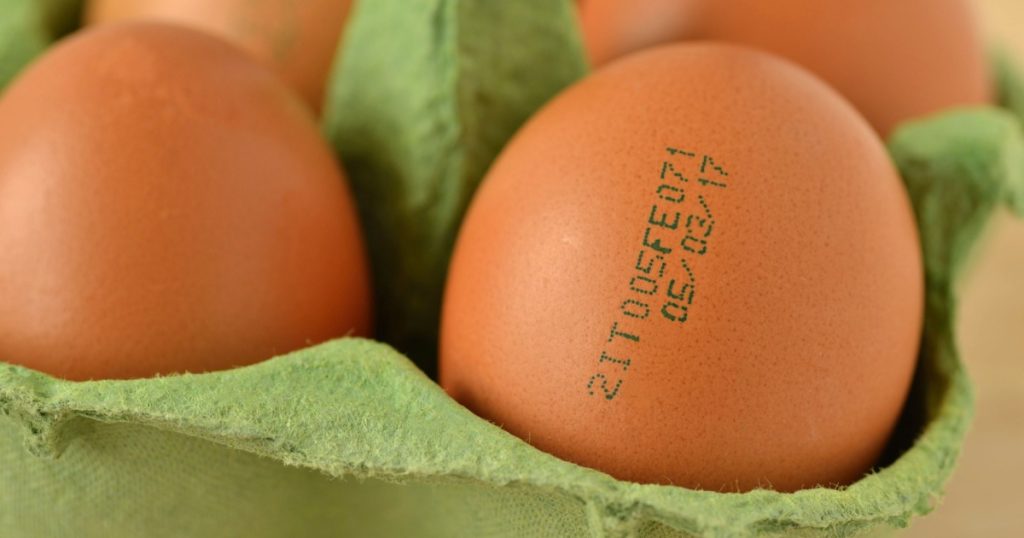Eggs are a basic ingredient in many cuisines, ranging from breakfast to dessert. It’s critical to check the freshness of your eggs for safety and flavor.
Even with their strong shells, eggs may go bad, and it’s not always simple to tell when they’ve gone bad. We’ll provide you a few different ways to ensure the safety of your eggs in this tutorial.
You may determine the quality of your eggs with confidence before using them if you are aware of these signs, which range from the conventional float test to analyzing manufacturing techniques.
Verifying the Date of Packing

The packing date, which is stated on the carton in Julian format and should not be mistaken with the expiration date, provides a more reliable indicator of freshness.
If eggs are kept carefully, they should be edible for four to five weeks following the packaging date. To guarantee the best quality, it is advised to eat them within three to five weeks of purchase.
The Test of Float

An established technique, the float test gauges egg freshness by measuring the size of the air pocket in the egg. Larger air pockets form in older eggs, allowing them to float.
To test them, just submerge your eggs in water. They are fresh if they sink and rest flat. If they float, you must either utilize them immediately away or discard them; if they stand erect at the bottom of the water, they are beyond their best.2. Be cautious if you are unsure if it has been five weeks or more.
Employing Your Senses

In addition to the float test, you may check the health of your eggs using smell, sight, and touch. For example, you may use your sense of smell to determine how fresh an egg is. The aroma of fresh eggs is often grassy or neutral.
On the other hand, an egg is obviously spoiled if it smells bad or sulfurous. Before cracking, take a brief whiff to assist you avoid using rotten eggs. To identify any consistency changes, it might be useful to shake an egg. When shook, fresh eggs make relatively little sound, but rotten eggs may spill or make a watery sound.
The float test looks for air pockets that allow the contents to splash around more freely. Egg deterioration can also be detected by visual signals.
Bacteria can enter through cracked or broken shells, and strange discolorations might indicate possible problems. Furthermore, you should throw away any visible dirt or foreign objects on the shell right away. Although experts don’t support these tests as strongly as they do the float test, they might offer more assurance regarding the quality of the eggs.
It’s a Procedure

The processes used in egg manufacturing have a big impact on quality. For instance, eggs that are free-range originate from chickens that have access to the outdoors, which may influence their freshness and encourage natural behaviors. There would undoubtedly be variations in the quality of eggs produced by a hen that is not under continual pressure to lay eggs, wouldn’t there? That’s the opinion of the specialists, and it’s a very strong case (which also gets PETA off their backs). You may choose your egg purchases more wisely if you are aware of the many processes used to manufacture eggs.
Avoid Being Let Down!

Freshness of eggs is essential to preserving food quality and kitchen safety. You may confidently determine the quality of your egg by using a variety of techniques, including the float test, smell test, and visual examination. Furthermore, knowing how your eggs are made will offer you important insight into the variables that affect their freshness. You may savor eggs at their best and stay away from the disappointment of damaged food when you have these instruments at your disposal.
